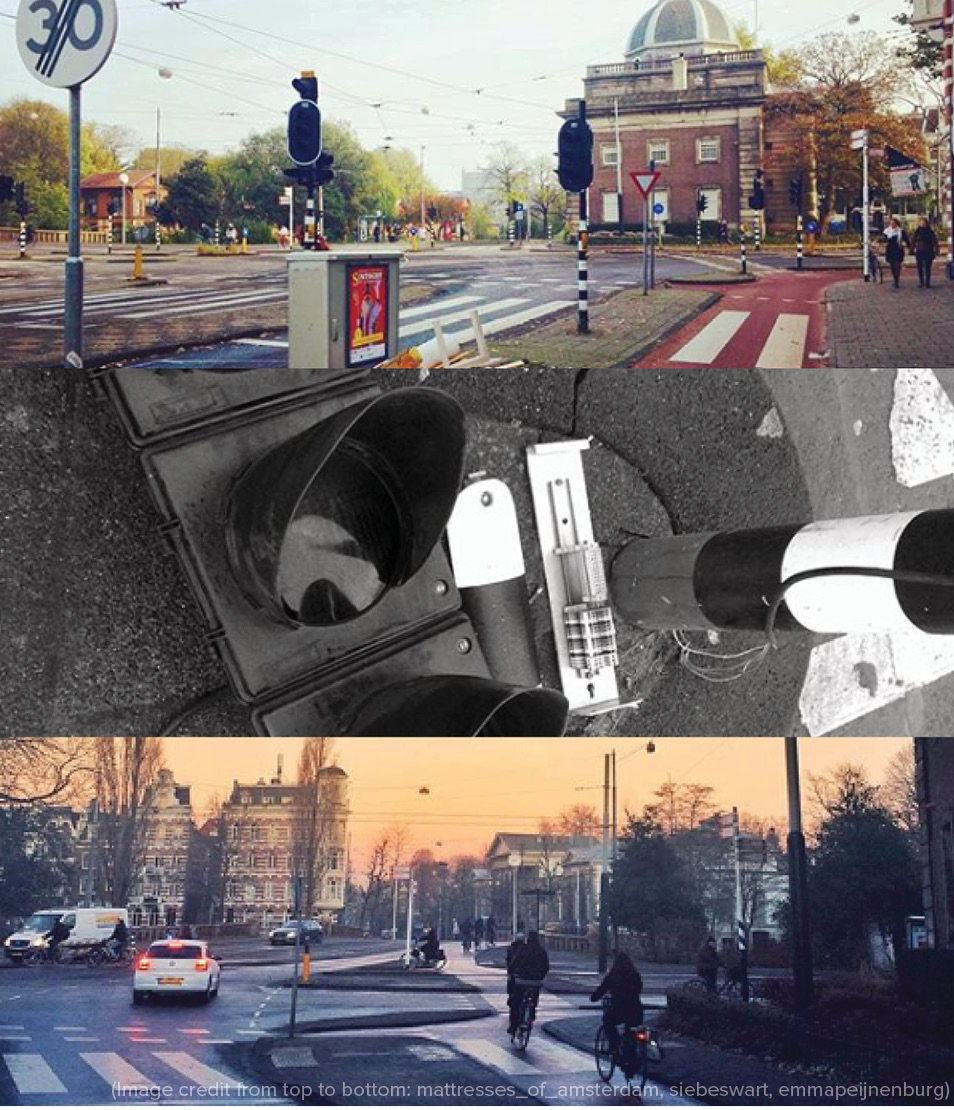Agile working for learning
- Trey Hahn

- Apr 12, 2020
- 3 min read
Updated: Sep 20, 2023
This mini lesson uses the case of the Alexanderplein project of the Bicycle Program of the Municipality of Amsterdam to introduce organizational learning as a benefit of agile working. Are you not yet familiar with an agile way of working? We recommend you first familiarize yourself with it here.
Perhaps you've heard of "agile" as a way to "deliver value", or as a way to deal with change. Or, it has become a meaningless buzzword.
I don't think delivering value or adapting to change are bad things. It's certainly sad to see the term overused and lose its meaning. But these storylines obscure something that I think is quite important: that an iterative, collaborative way of working can enable learning.
This may not be easy to sell, especially if you don't know what you're going to learn. Maybe that is why the "delivering value" framing gained more traction- it is more tangible. But perhaps a story can also be compelling. Here's one that inspired me to look at "agile" differently- one of the Bicycle Program of the Municipality of Amsterdam.

Progression of traffic lights at Alexanderplein intersection
Amsterdam's bicycle program was feeling pressure that there was not enough being done for cycling, and that more was needed. There was an idea to turn off the traffic lights at the Alexanderplein intersection. Stakeholders were nervous about this idea, but after many months of consultations a pilot finally went ahead. It was an experiment, with qualitative and quantitative research alongside to better understand the impacts of the intervention.
As the intervention progressed and data from the qualitative research came in that the people using the intersection found it better than before, along with quantitative data that it was not more dangerous, the pilot was extended multiple times. Eventually, it was found that less regulation without the traffic lights at this intersection (which to note, was used mostly by people cycling, with only some cars, trams, and people walking) resulted in more interaction between people and less waiting time. In the words of the vice mayor for traffic, "This pilot showed that less regulation can lead to responsible and alert road users".
What started as an experiment ended up being taken over by a traffic staff member and turned into a full redesign. The staff, city leaders, and people using the intersection saw the change. And knowledge gained on traffic control and people interacting has now been applied to other parts of the city such as Muntplein, where the traffic lights have also been removed.

Muntplein, Amsterdam (source: Google Maps)
This was an "agile" project. What started with some feedback led to reflection and an idea for an experiment by the Bicycle Program. Through the experiment new knowledge was gained, iterations were made, and further reflection led to the insights being used around the city. I see these concepts working together, like a cycle:

Diagram by author.
Did the project provide value? Well, yes. It reduced waiting times at the intersection and did not negatively affect safety. That is quantifiable. Did it respond to change (in this case, the increasing strain on Amsterdam's bicycle paths)? Also yes. But the biggest value was not either one of these things. The biggest value was in the evolution of the city's perspective on interaction, street design and cycling. It was in the learning.
Delivering value is nice. But we tend to be focused on the short-term and the quantifiable. Learning is long-term and is needed to develop a larger vision for our cities.
If you are interested in reading more about the Alexanderplein project, see this Guardian article. Interested in agile working in the bicycle planning context? See this open access research paper.
Want to learn more about agile bicycle planning? Enroll in our online course, and check out our other instructional offerings.





Comments